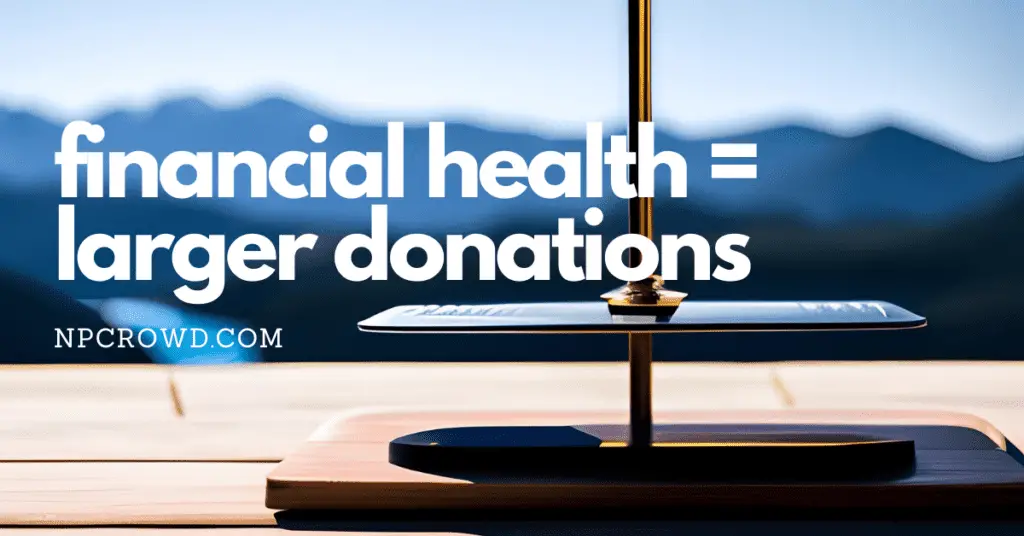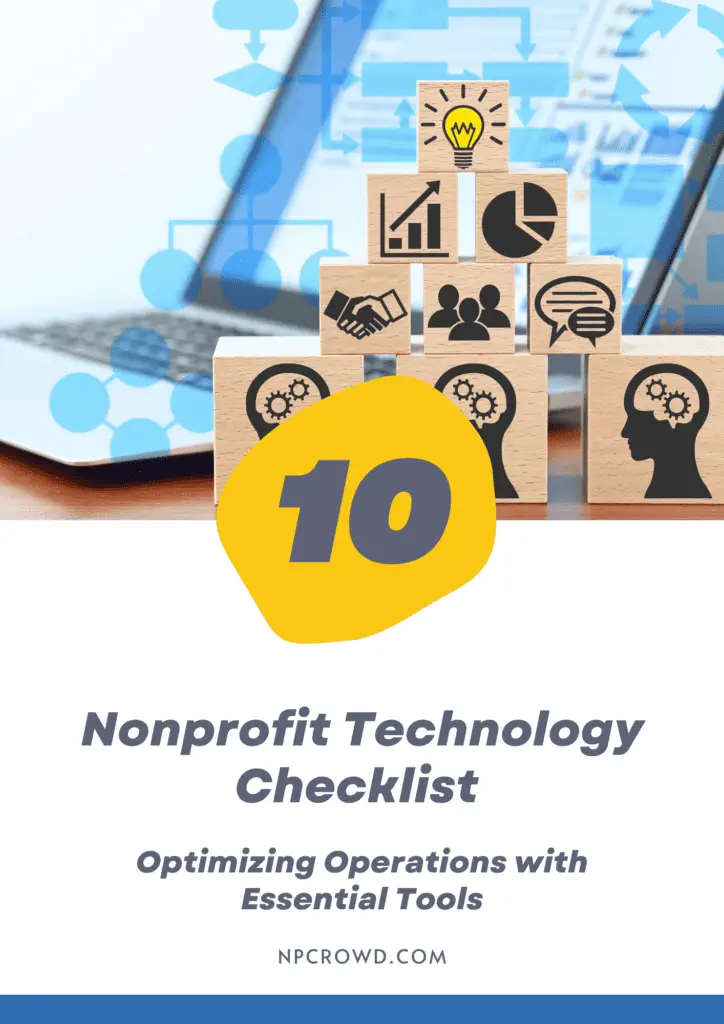Debunking Common Operating Reserve Myths for Nonprofits
Disclaimer: This post may contain affiliate links. These links, if used and purchases made, we may earn a small commission. These affiliate programs do not impact the recommendations we make or the resources we refer you to. Our focus is on providing you the best resources for your nonprofit journey.
Operating reserves play a crucial role in the financial stability and long-term sustainability of nonprofit organizations. These liquid, unrestricted assets are listed on a balance sheet as “Net Assets Without Donor Restriction,” following the 2018 Financial Accounting Standards Board (FASB) ruling.Despite their importance, several myths and misconceptions surround operating reserves, leading to misunderstandings and mismanagement. Let’s debunk these myths and help nonprofits better understand the role and importance of operating reserves.
Defining Operating Reserves and Their Importance
Operating reserves refer to the unrestricted funds a nonprofit organization sets aside to cover unforeseen expenses or revenue shortfalls. These reserves act as a safety net, providing stability and flexibility when unexpected financial challenges arise. Operating reserves are essential for nonprofits, as they:
- Ensure financial stability and reduce reliance on short-term borrowing.
- Allow organizations to maintain operations during temporary cash flow disruptions.
- Enable organizations to take advantage of strategic opportunities that require immediate funding.
- Provide a buffer against unforeseen expenses or emergencies.
Common Operating Reserve Myths
Myth 1: Operating reserves are unnecessary for nonprofits.
Some people mistakenly believe that nonprofits do not need operating reserves because they receive donations and grants to cover expenses. However, donations and grants can be unpredictable, and having a robust operating reserve helps nonprofits navigate financial uncertainties and maintain critical programs and services.
Myth 2: Operating reserves are a sign of financial mismanagement.
Some stakeholders might see operating reserves as evidence that a nonprofit is not using its funds effectively. In reality, maintaining an appropriate level of operating reserves is a sign of prudent financial management. It demonstrates that the organization is planning for contingencies and ensuring its long-term viability.

Myth 3: There is a one-size-fits-all formula for determining the right amount of operating reserves.
While some guidelines suggest that nonprofits should maintain three to six months’ worth of operating expenses in reserve, there is no one-size-fits-all solution. The appropriate level of operating reserves depends on factors such as the organization’s size, funding sources, and financial risks. Nonprofits should regularly assess their specific needs and adjust their reserve levels accordingly.
Myth 4: Operating reserves should never be used.
Some people believe that operating reserves should never be touched, leaving the organization in a constant state of financial security. While it is essential to maintain a sufficient reserve level, it is important to remember that these funds exist to address unforeseen challenges and opportunities. Nonprofits should not hesitate to use their reserves when necessary, as long as they have a plan to replenish the funds in a timely manner.
Myth 5: Operating reserves and endowments serve the same purpose.
Although both operating reserves and endowments can provide financial stability, they serve different purposes. Operating reserves are liquid, unrestricted assets meant for short-term financial challenges, whereas endowments are long-term investments, often restricted by donor stipulations. Mixing up these two financial tools can lead to confusion and potential mismanagement of funds.

Myth 6: Donors are less likely to contribute if an organization has a large operating reserve.
Some nonprofit leaders fear that donors will be less likely to give if they see a large operating reserve on the organization’s balance sheet. However, having a healthy operating reserve can signal sound financial management and long-term stability, which may actually make the organization more attractive to donors. Transparent communication with donors about the purpose of operating reserves and how they support the organization’s mission can help dispel this myth.
Wrapping Up
Operating reserves are a vital component of nonprofit financial stability, and understanding their importance and function is essential for effective financial management. By debunking common myths and misconceptions, nonprofit leaders can make informed decisions about operating reserve levels and foster







